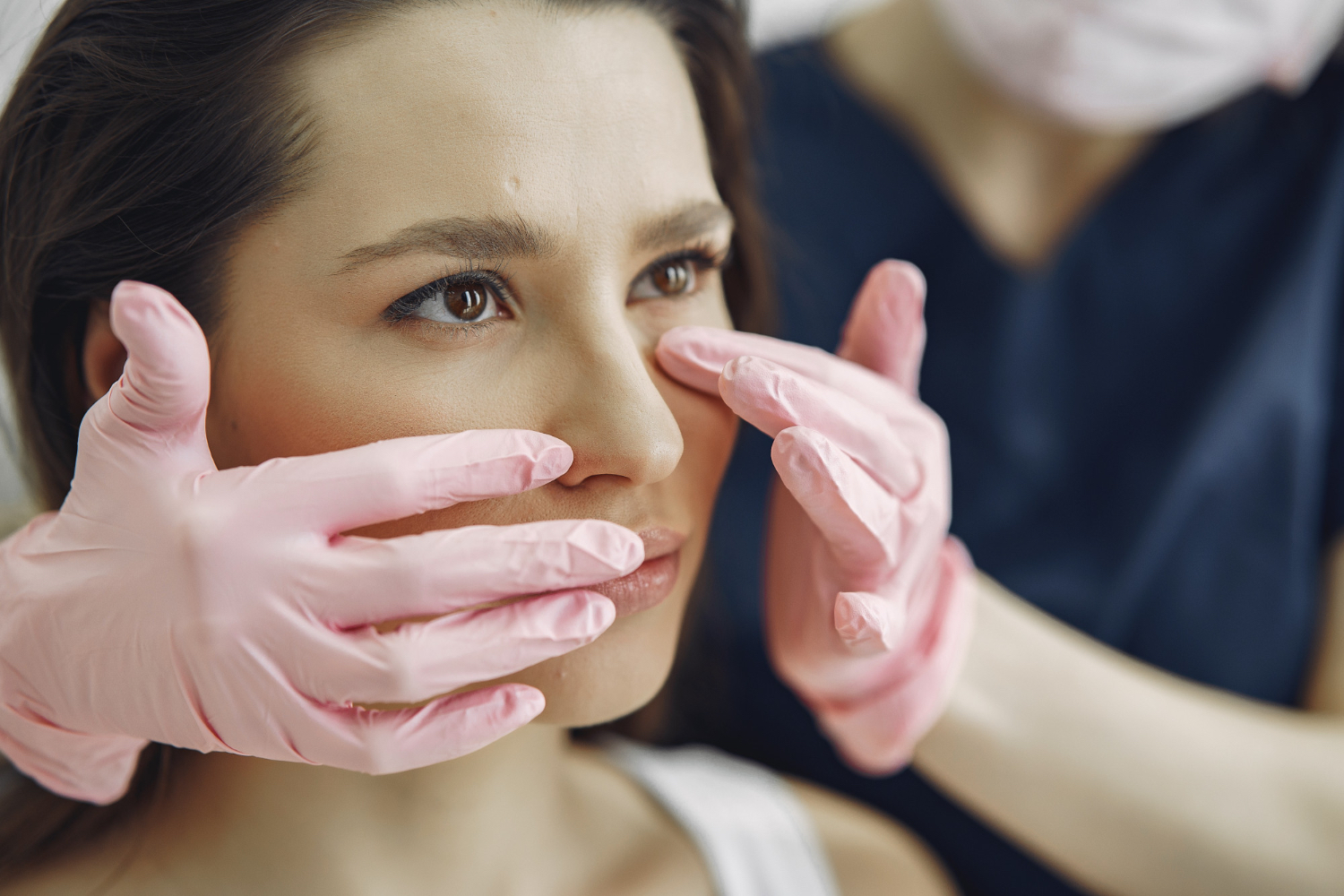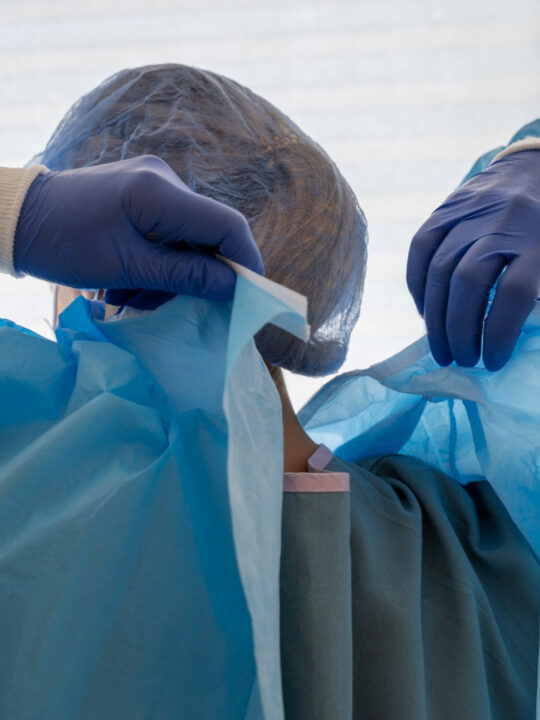 You may not only find snoring bothersome, but it could also be a sign of sleep apnea. Numerous snorers experience structural issues with their nose and throat, such as a deviated septum.
You may not only find snoring bothersome, but it could also be a sign of sleep apnea. Numerous snorers experience structural issues with their nose and throat, such as a deviated septum.
Snoring and sleep apnea treatments include oral appliances, surgery, or CPAP machines, which blow air into the nose or mouth to keep the airways open.
Table of Contents
Sinus Surgery
In many cases, nasal obstruction is a primary cause of snoring. In some, relief of this obstruction can decrease obstructive sleep apnea severity and help people better tolerate CPAP therapy.
A swollen nose or blocked sinuses can make breathing difficult through the mouth, making balloon septoplasty for deviated septum a vital option for snorers and those who suffer from chronic sinusitis or obstructive sleep apnea. Any sinus surgery aims to open the blocked passageways and restore normal nasal breathing, allowing proper drainage.
A minimally invasive procedure, balloon sinuplasty, uses image-guided CT scans to precisely navigate a wire with a tiny balloon into the nasal opening of the affected sinus cavity. Once the balloon is in the appropriate place, it is inflated to open the blocked passageway—similar to how a doctor would use a stent to open a clogged artery. This procedure causes little to no bleeding, bruising, or swelling, and nasal packing is rarely needed.
Uvulopalatine Ganglionectomy (UPPP)
Many people who snore or have sleep apnea also have enlarged tonsils and a swollen or enlarged uvula, contributing to airway obstruction. During UPPP, these tissues are altered or removed, and the throat is slimmed down, which can improve airflow during sleep.
This surgery can also help people with mild obstructive sleep apnea. It is usually recommended after less invasive treatments like weight loss or changing sleep positions have not reduced breathing disruptions during the night.
UPPP typically involves the removal of the tonsils and the adenoids, which are located at the back of the throat, as well as trimming or altering the uvula and soft palate. The procedure can be performed alone or in combination with other surgeries to treat more severe cases of obstructive sleep apnea. In some cases, UPPP eliminates sleep apnea; in others, it reduces the severity of symptoms and improves the quality of life for those who continue to use a CPAP machine.
Balloon Sinuplasty
It is an in-office procedure under sedation to relieve chronic sinus congestion and snoring. It uses a small flexible Sinus balloon that is slowly inflated to gently restructure the previously blocked sinus openings to restore normal function. It is less invasive than FESS and has been shown to reduce healing time and pain.
Patients can expect discomfort or congestion for a few days, like any nasal surgery, but over-the-counter ibuprofen-based pain relievers should help manage this. Saline rinses should also help clear and drain the sinuses. Most insurance providers cover this procedure, and most patients find that a significant improvement in sinusitis and snoring is achieved following treatment.
Rhinoplasty
A good night’s sleep is essential for your mental, physical, and emotional health. For people with obstructive sleep apnea, a lack of rest can cause daytime fatigue and irritability, wreaking havoc on relationships, work productivity, and quality of life. CPAP devices are an effective treatment for sleep apnea but not everyone is comfortable wearing a mask. One option for those that don’t want to use a CPAP device is functional rhinoplasty, which can significantly reduce snoring and improve breathing.
The surgeon will straighten the crooked structure that separates the nostrils during this procedure. It is usually a simple procedure that lasts just an hour or two and can be performed under local or general anesthesia. While snoring can be caused by temporary states such as alcohol consumption, medication, or sleep position, the more common cause is a crooked septum. While the traditional uvulopalatopharyngoplasty (UPPP) is often successful for those with a deviated septum, newer techniques treat palate collapse in patients with OSA.







